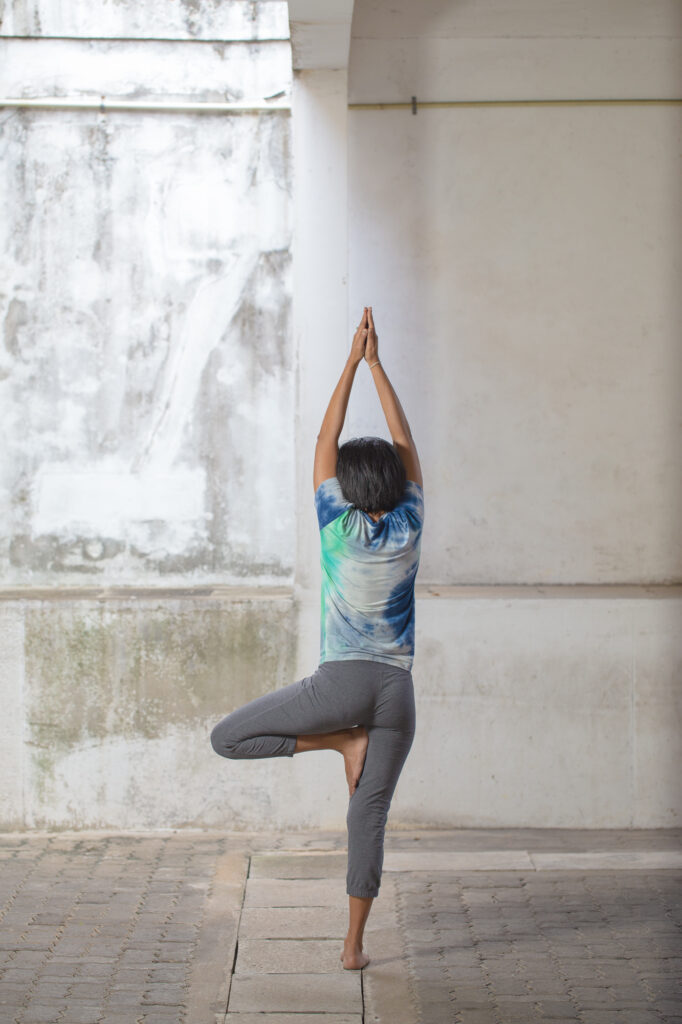Introduction to Yoga
Yoga—it’s a word that conjures images of serene meditation, flexible bodies in intricate poses, and a path to inner peace. But what exactly is yoga? For many, yoga is a mystery wrapped in ancient traditions and modern wellness trends. Whether you’re curious about its physical benefits, mental clarity, or spiritual depth, we will try to help you understand the essence of yoga. Let’s dive into the world of yoga and explore what makes it such a transformative practice.
The History of Yoga
Yoga is not just a trend; it’s a practice that has stood the test of time, originating over 5,000 years ago in India. The word “yoga” comes from the Sanskrit root “yuj,” meaning to yoke, join, or unite. Ancient yogis developed practices to achieve a higher state of consciousness and spiritual enlightenment.
Over the centuries, yoga evolved, becoming a system of physical and mental practices. The emergence of key texts like the Vedas, Upanishads, and the Bhagavad Gita laid the foundation for yoga as we know it today. However, it was Patanjali’s Yoga Sutras, written around 400 CE, that formalized yoga into a comprehensive philosophy, guiding practitioners in their journey towards self-realization.
The Philosophy of Yoga
At its core, yoga is about union—the union of mind, body, and spirit. It’s a holistic practice that goes beyond the physical poses we often associate with it. According to Patanjali’s Yoga Sutras, there are Eight Limbs of Yoga, which provide a roadmap for living a balanced and meaningful life:
- Yamas (Ethical Disciplines): Guidelines for moral and ethical conduct, like non-violence and truthfulness.
- Niyamas (Self-Discipline): Personal practices like cleanliness, contentment, and self-study.
- Asanas (Postures): The physical poses that most people are familiar with.
- Pranayama (Breath Control): Techniques for controlling the breath, which in turn, controls the mind.
- Pratyahara (Withdrawal of the Senses): Focusing inward by withdrawing from external distractions.
- Dharana (Concentration): Cultivating the ability to focus on a single point.
- Dhyana (Meditation): Sustained concentration that leads to a meditative state.
- Samadhi (Enlightenment): The ultimate goal of yoga— Samadhi can encompass a wide variety of states, with one common interpretation being a state of deep meditative absorption

Types of Yoga
Yoga is incredibly diverse, with various styles that cater to different needs and preferences. Here are some of the main types:
- Hatha Yoga: Often considered the foundation of all yoga styles, Hatha focuses on physical postures and breathing exercises. It’s ideal for beginners because it’s gentle and slow-paced.
- Vinyasa Yoga: A more dynamic form of yoga where movements are synchronized with breath, creating a flow from one pose to the next.
- Ashtanga Yoga: A rigorous and structured practice that follows a specific sequence of poses, often referred to as “power yoga” in the West. Ashtanga vinyasa yoga is a style of yoga as exercise that was popularized by K. Pattabhi Jois in the twentieth century, often described as a vigorous and dynamic form of classical Indian (hatha) yoga
- Iyengar Yoga: Emphasizes precision and alignment in poses, often using props like blocks and straps to help practitioners achieve the correct form.
- Kundalini Yoga: Focuses on awakening the energy at the base of the spine through breath work, chanting, and meditation.
- Restorative Yoga: A relaxing practice that uses props to support the body in passive poses, promoting deep relaxation and stress relief.
Choosing the right style depends on your personal goals, whether you’re looking to build strength, increase flexibility, reduce stress, or deepen your spiritual practice.
Through these eight limbs, yoga teaches us how to live in harmony with ourselves and the world around us, emphasizing the mind-body connection that is essential for overall well-being.
The Benefits of Yoga
Yoga offers a wide range of benefits that go beyond physical fitness:
- Physical Benefits: Yoga can improve flexibility, strength, and balance. It helps with posture and can alleviate chronic pain, especially in the back and joints. Regular practice also promotes better circulation and cardiovascular health.
- Mental and Emotional Benefits: Yoga is known for its ability to reduce stress and anxiety. The combination of physical movement and breath control helps calm the mind and improve mental clarity. It also encourages mindfulness, which can lead to greater emotional stability and resilience.
- Spiritual Growth: For many, yoga is a journey towards self-awareness and inner peace. It encourages introspection and can lead to a deeper connection with one’s self and the world around them. Through consistent practice, yoga can help individuals discover a sense of purpose and fulfillment.
Om
Getting Started with Yoga
Starting your yoga journey can be both exciting and daunting, but it doesn’t have to be complicated:
- Beginner Tips: Begin with a mindset of curiosity and openness. Don’t worry about being flexible or strong—yoga is a practice, not a performance. Start slow, focus on your breath, and listen to your body. Consistency is key, so try to practice regularly, even if it’s just for a few minutes each day.
- What You Need: To get started, all you really need is comfortable clothing that allows you to move freely, a yoga mat, and a quiet space. Props like blocks or straps can be helpful but aren’t necessary for beginners. Remember yoga started way before yoga mats.
- Setting Realistic Goals: Approach yoga with realistic expectations. Progress might be slow at first, but with regular practice, you’ll notice improvements in your flexibility, strength, and overall well-being. Remember, yoga is a journey, not a destination.
Common Misconceptions About Yoga
There are several misconceptions about yoga that can discourage people from trying it:
- Myth #1: Yoga is only for flexible people. Flexibility is a result of yoga, not a prerequisite. Yoga is for everyone, regardless of body type or fitness level.
- Myth #2: Yoga is just a workout. While yoga can be physically challenging, it’s much more than just a form of exercise. It’s a holistic practice that nurtures the body, mind, and spirit.
- Myth #3: You have to be spiritual to do yoga. Yoga can be a spiritual practice, but it doesn’t have to be. Many people practice yoga purely for its physical and mental benefits.
Conclusion
Yoga is a practice that has the power to transform your life. Whether you’re seeking physical health, mental clarity, or spiritual growth, yoga offers something for everyone. As you begin your journey, remember that yoga is not about perfection but about progress. Approach your practice with an open heart and mind, and you’ll discover the countless benefits that yoga has to offer.
Ready to get started? Try a beginner yoga class, follow a guided video, or simply roll out your mat and begin exploring what yoga means to you. Namaste!

